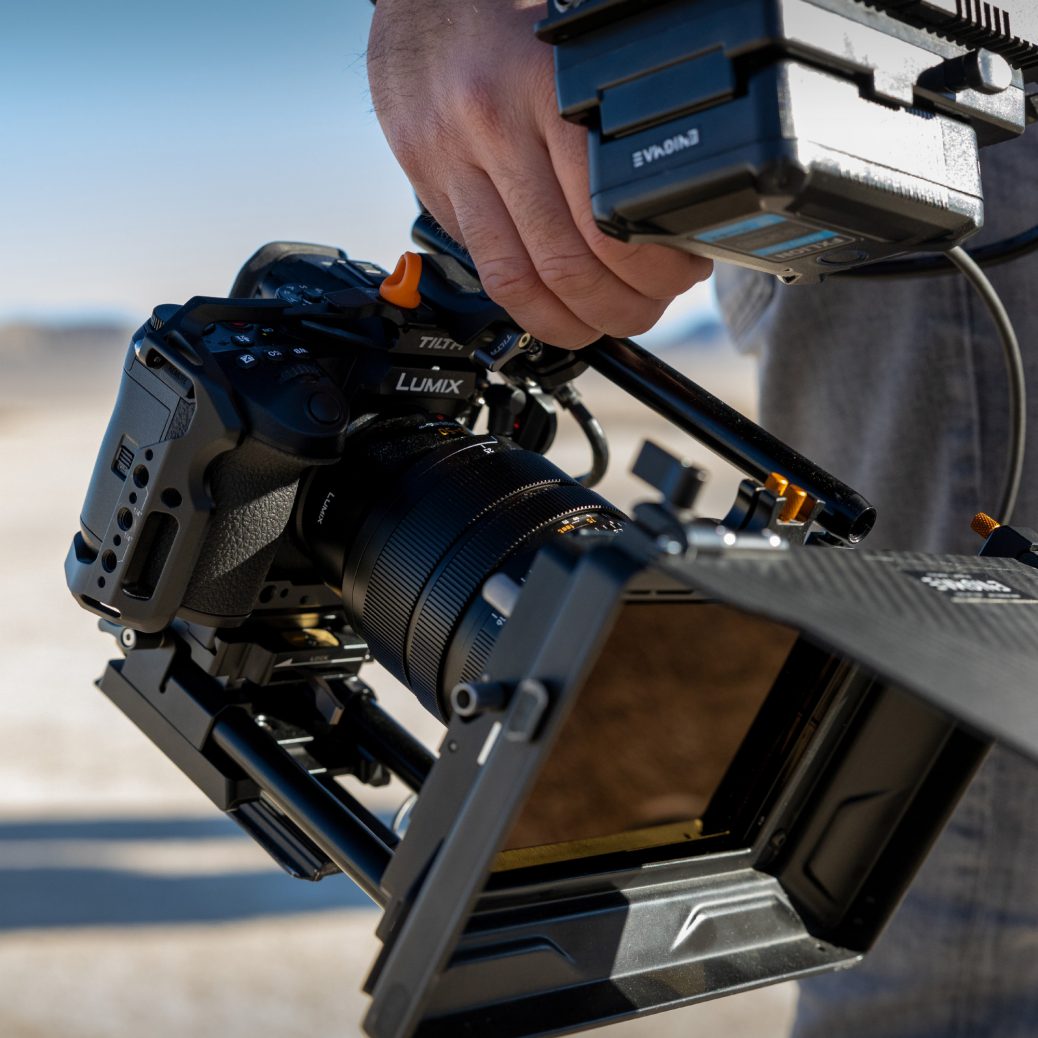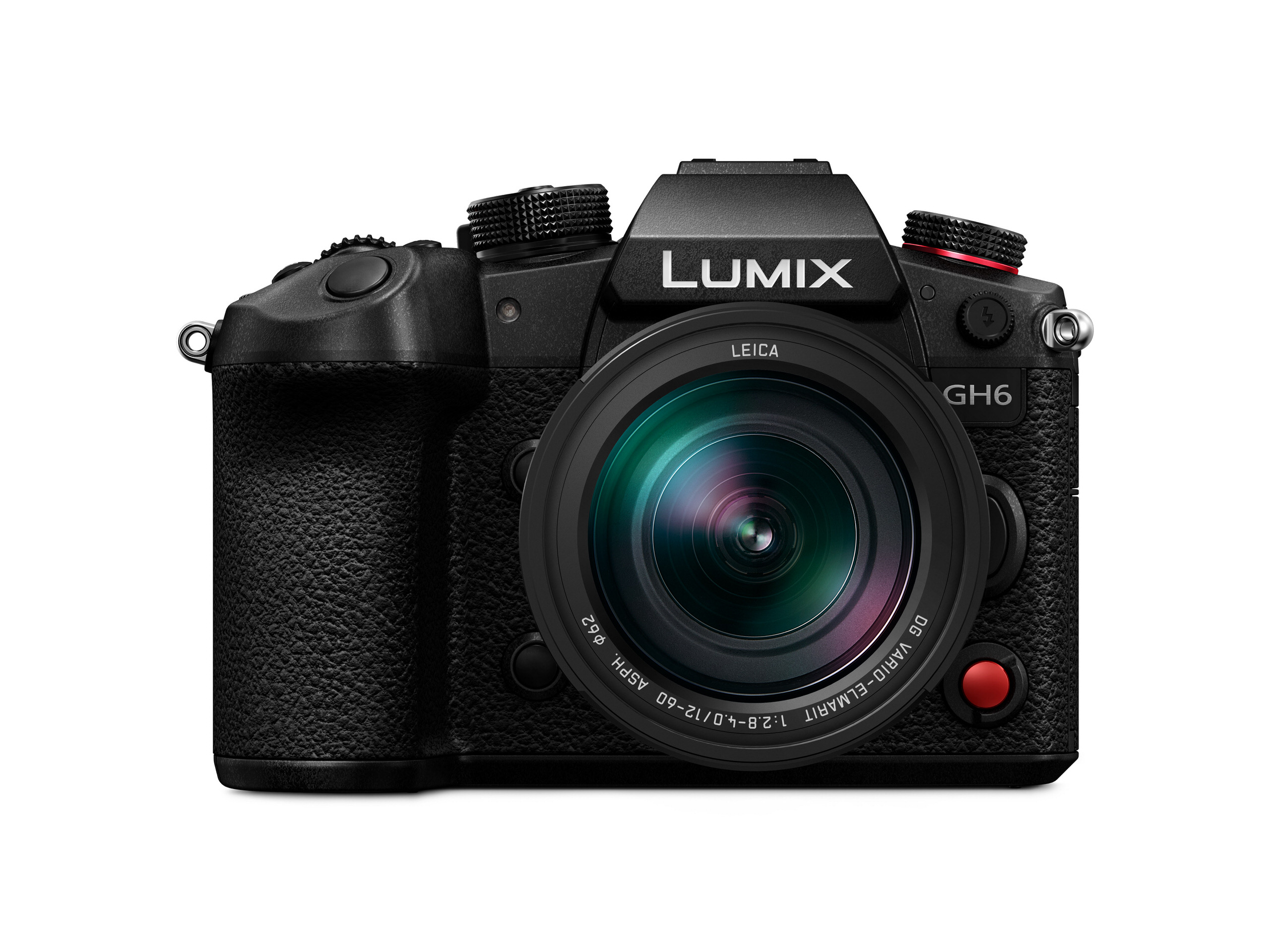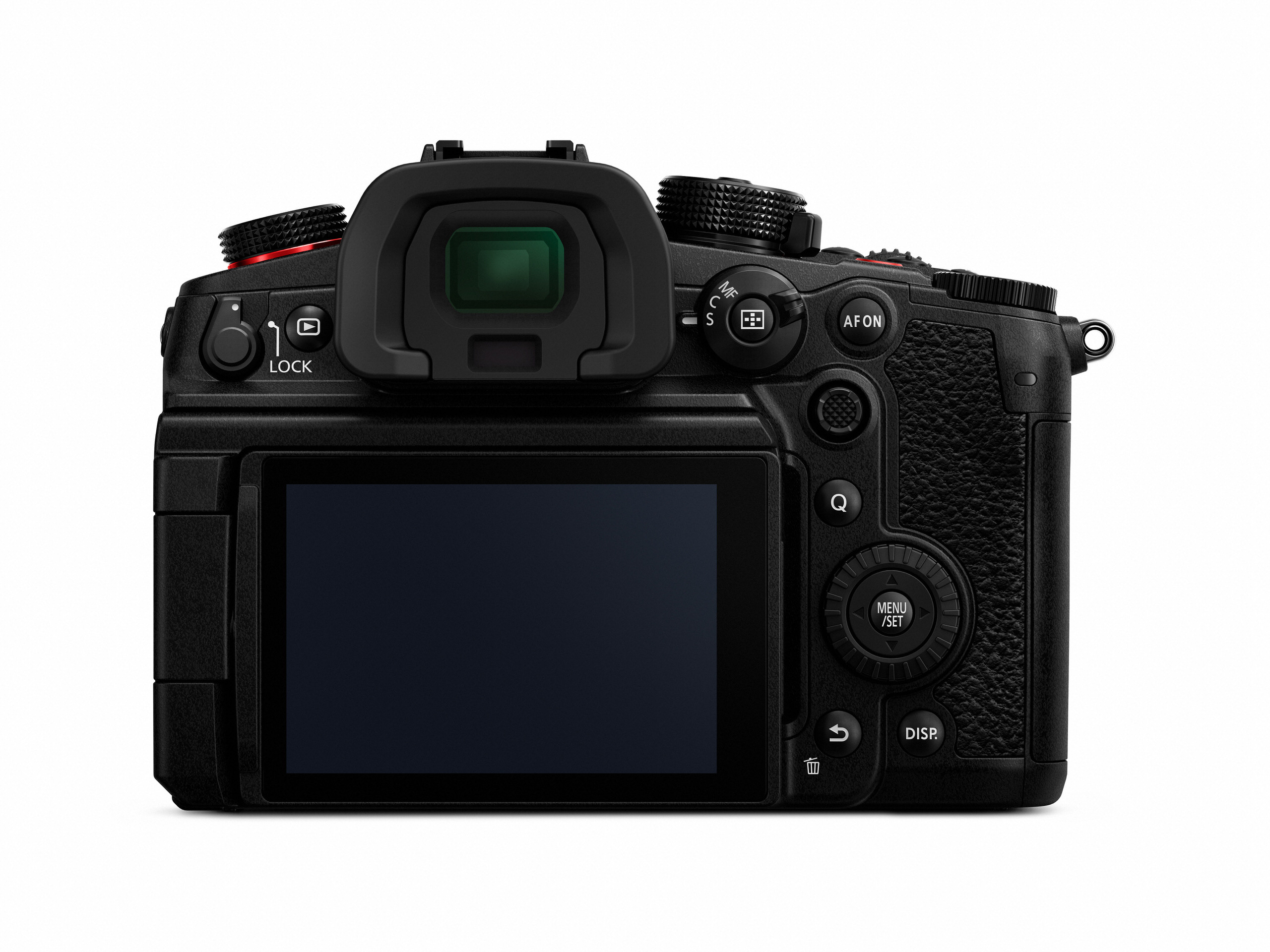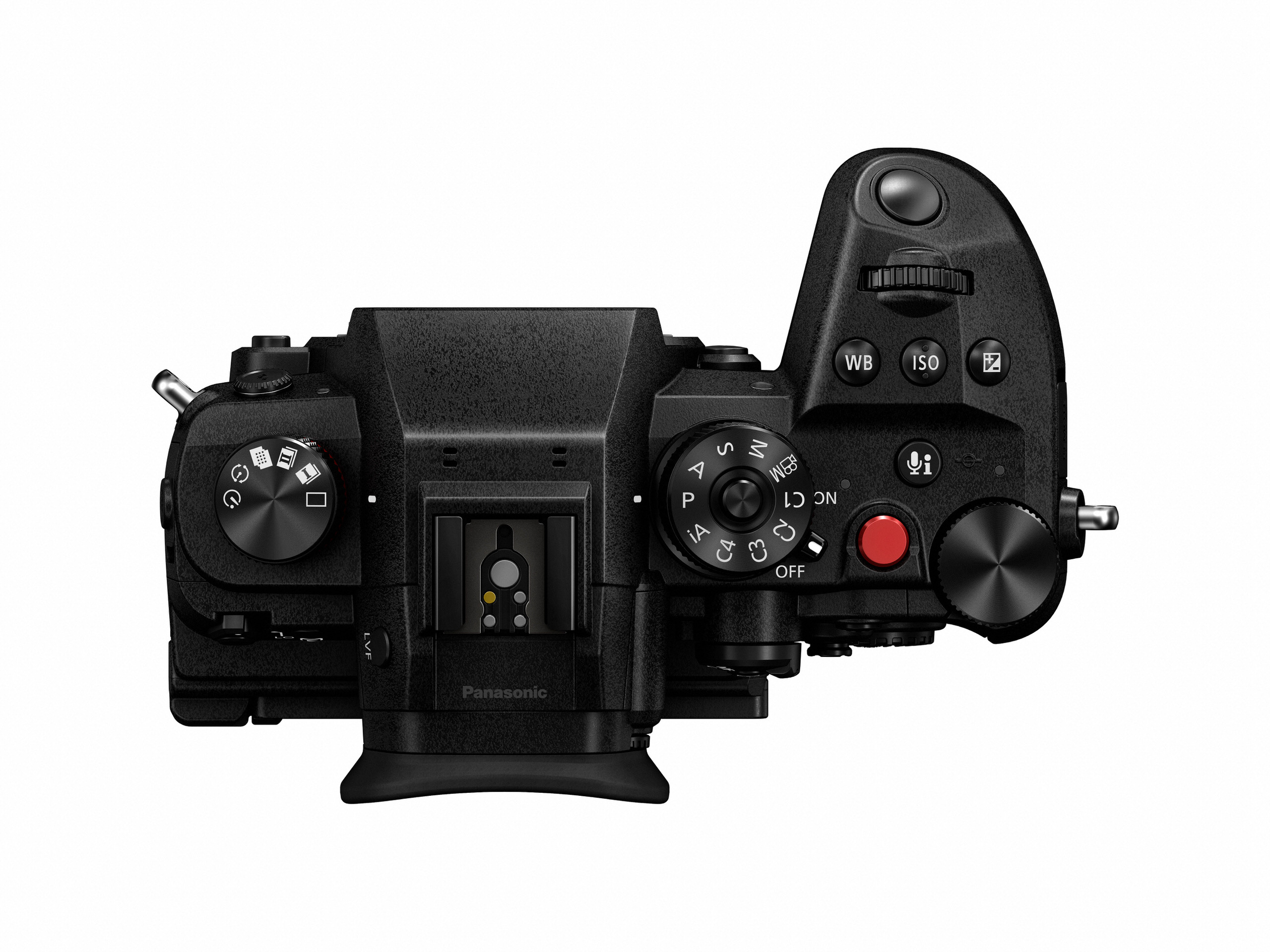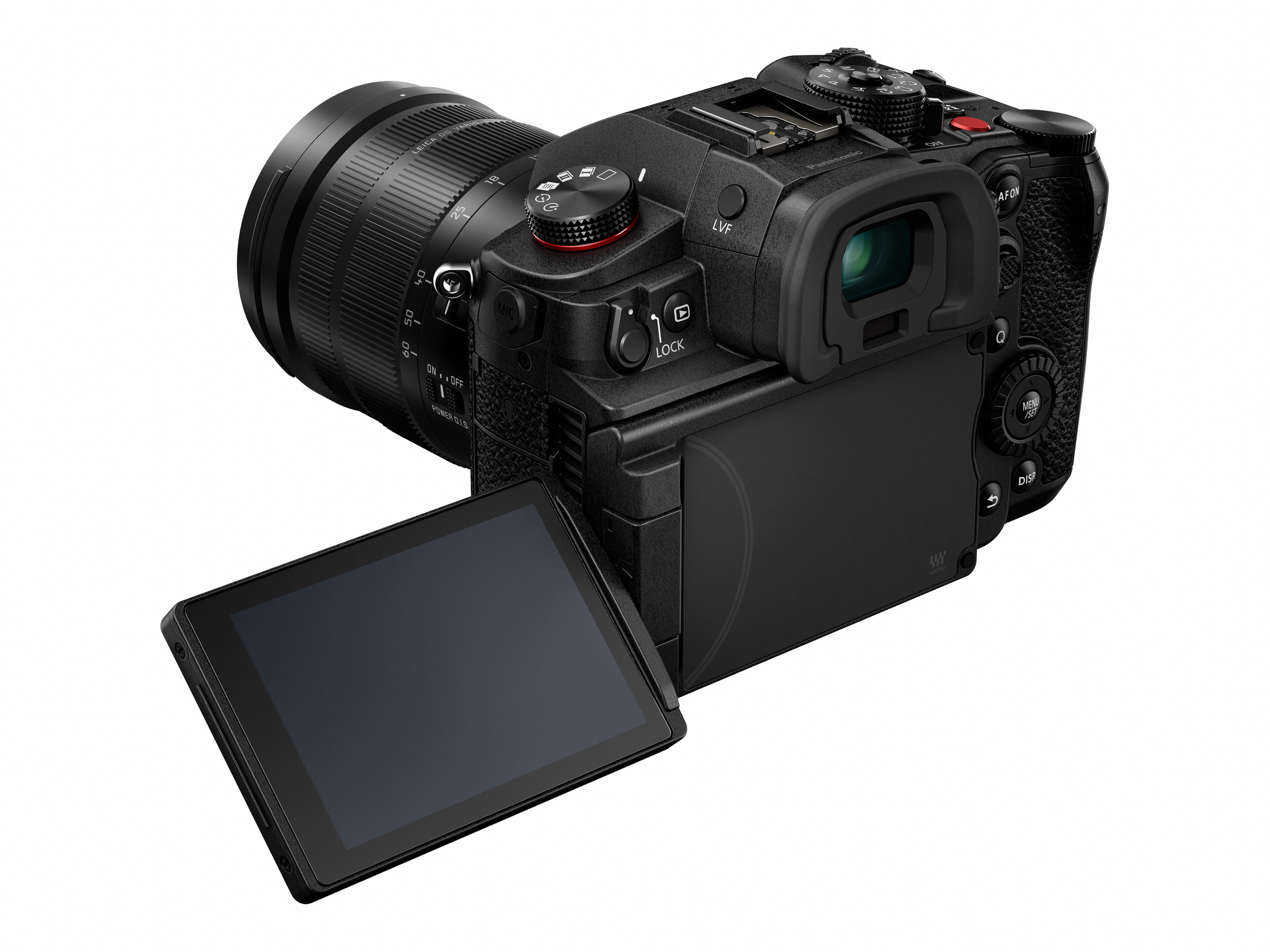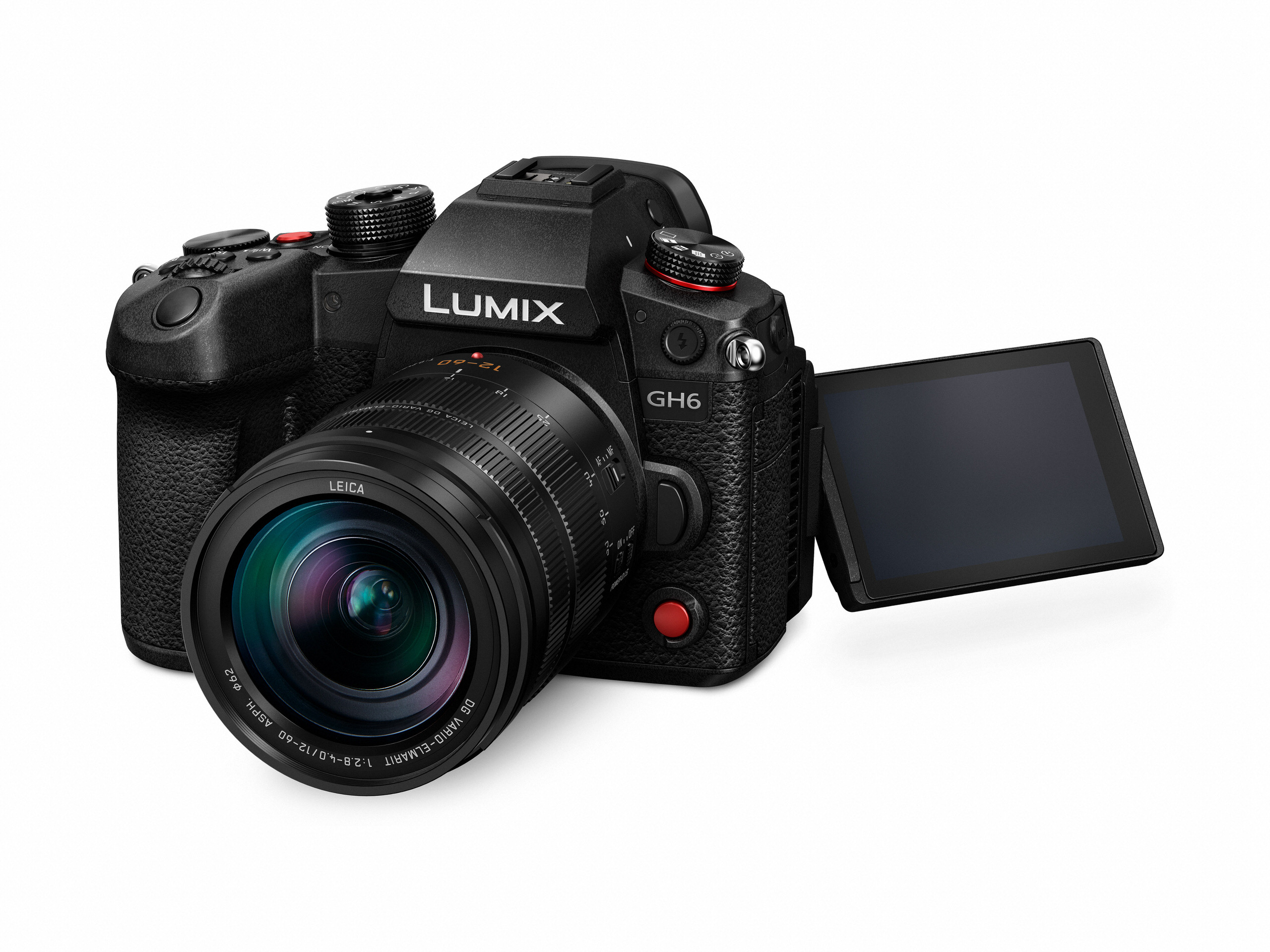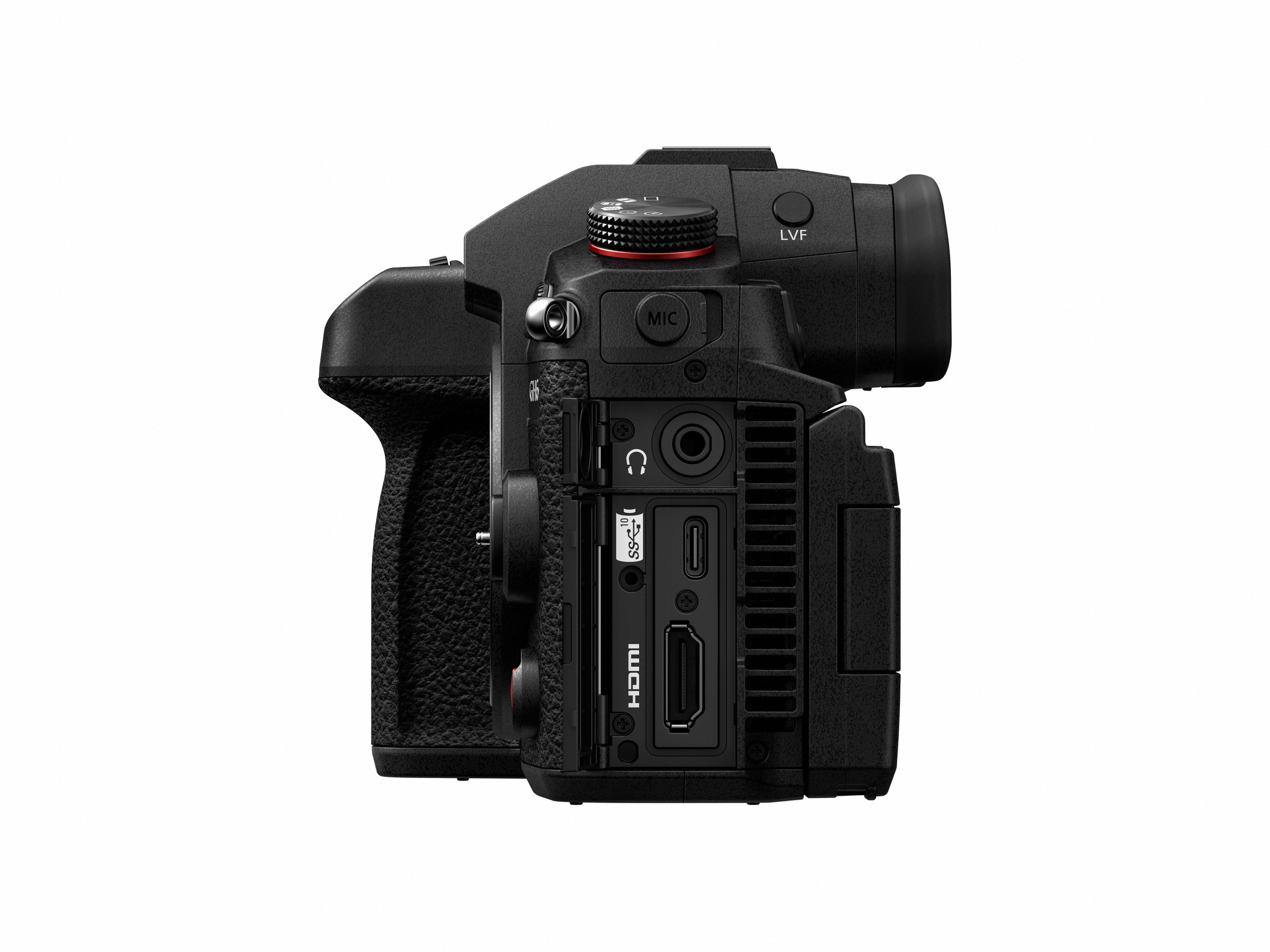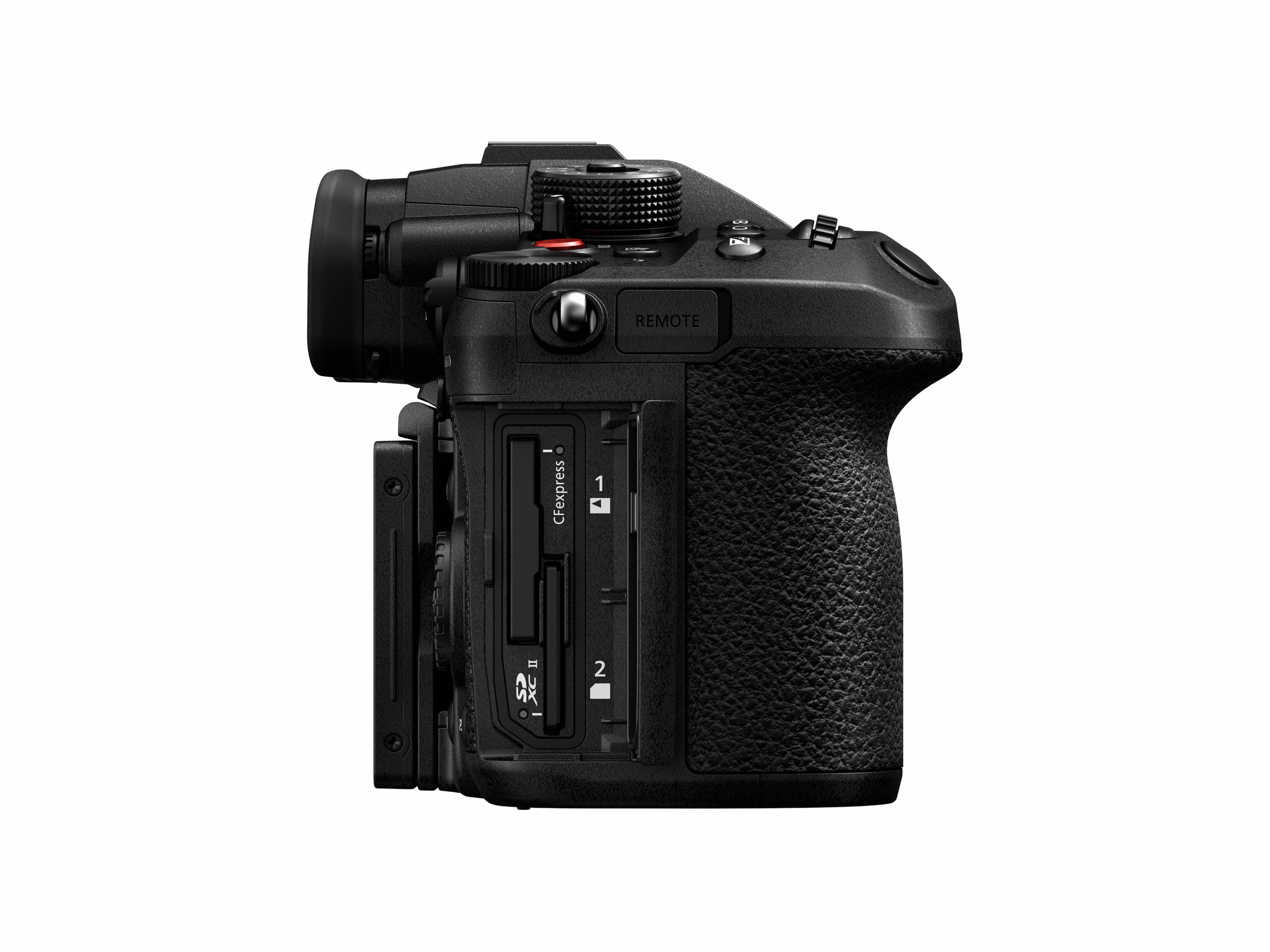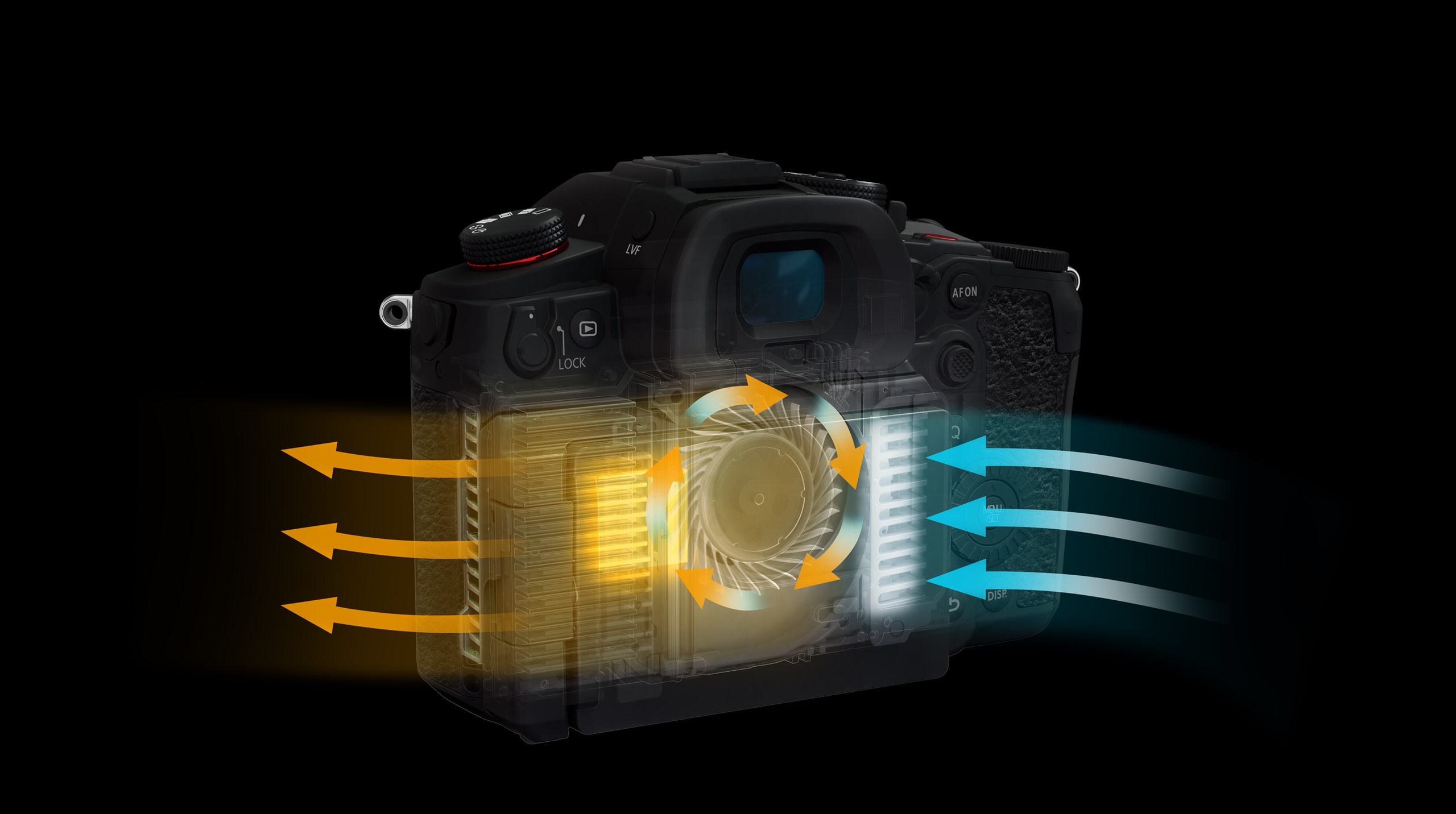Panasonic Unveils the Lumix GH6 Hybrid Micro Four Thirds Camera
Panasonic has announced the Lumix DC-GH6, its latest video-centric flagship Micro Four Thirds hybrid camera.
In 2009, Panasonic introduced the DMC-GH1, the first model of the LUMIX GH series, with a photo/video-hybrid concept. Since then, the GH series has evolved to include innovative features demanded by users and has become renowned by creators worldwide as a first-choice tool thanks to its performance, mobility, and rugged design. The LUMIX GH6 is the latest addition of the series that again breaks the boundaries of digital mirrorless cameras.
The new GH6 makes improvements nearly across the board with more resolution, more video recording options, greater dynamic range, and better in-body image stabilization.
Panasonic has developed a new 25.2-megapixel Live MOS Sensor without LPF (Low-pass Filter) that boasts a high resolution, high-speed signal readout that reduces the rolling shutter problem and achieves a wide dynamic range. The new Venus Engine delivers approximately twice the processing power, enabling high-speed processing of the new sensor’s higher pixel counts, higher-resolution and higher-bit-rate video. It has evolved with three key technologies: New Intelligent Detail Processing, New 2D Noise Reduction, and High Precision 3D Noise Reduction for video. The new Intelligent Detail Processing detects the edges and flat and detailed parts in a frame more accurately, resulting in highly realistic images. The new 2D Noise Reduction suppresses chromatic noise and improves the texture of luminance noise to make the photo clear and natural even when shot at high sensitivity. With the High Precision 3D Noise
Reduction for video, the detection capability of still and moving parts has been advanced, which makes it possible to optimize noise reduction while minimizing afterimages. As a result, the image quality of video with dynamic motion is enhanced. In addition, high-precision Dual 3D Color Control enhances color reproduction by brightness level, saturation level, and hue level for rich, faithful color expression.
The combination of the new advanced sensor with the enhanced saturation performance and engine makes it possible to render clearer images even in 25.2-megapixel high resolution and lower minimum ISO sensitivity at ISO 100 [Photo: ISO 50(Extended) – 25600 / Video: ISO 50(Extended) -12800].
Panasonic has also added full V-Log/V-Gamut to match its cinema cameras, another first for a Micro Four Thirds model, which Panasonic says offers up to 13+ stops of dynamic range.
For agile handheld shooting, the LUMIX GH6 has adopted a new super high-precision 5-axis gyro sensor with a new algorithm to achieve 7.5 stops of Body I.S. and Dual I.S.2. Thanks to this powerful image stabilization, even 100-megapixel high-resolution images can be shot using the High-Resolution mode without a tripod. In High-Resolution mode, eight consecutive images are automatically shot while shifting the sensor using the Body I.S. (Image Stabilizer) mechanism and synthesized into a 100-megapixel equivalent (11552 x 8672-pixel) image that faithfully reproduces precise details to be saved as beautiful, highly realistic RAW and JPEG images.
The 5-axis Dual I.S. 2 also works for video recording, including 4K video to record natural, comfortable-to-see video footage. It applies for appropriate compensation according to the type of movement by precisely judging the cause – whether it was generated by panning, tilting, or hand-shake. The B.I.S. compensates for camera movement even when an interchangeable lens without O.I.S. (e.g., a cine lens) is used.
The LUMIX GH6 can shoot 4:2:2 10-bit C4K at 60p with no recording limit, 4:2:0 10-bit 4K 120p (equivalent to five times slow motion), and 4:2:2 10-bit FHD 240p High Frame Rate (HFR) video recording with audio still available as well, which is useful in the case of speed ramping. FHD maximum 300 frames per second (Equivalent to 12.5x slow motion) and VFR (Variable Frame Rate) reproduce the dynamic motion of the subject.
In addition to 4:2:0 10-bit 5.7K at 60p, the GH6 can also record 4:2:0 10-bit 5.8K 30p (4.4K 60p) anamorphic 4:3 video by utilizing the full area of the sensor, which can be displayed de-squeezed on the camera’s monitor in real-time. 5.7K 30p internal video recording is available in ProRes 422 HQ and ProRes 422 for the first time in the Lumix series using the CFexpress Type B card, which enables non-linear editing without transcoding.
The GH6 adds a host of other highly-requested video-centric assist functions such as Waveform Monitor, Zebra Pattern, Luminance Spot Meter, Frame Marker, the aforementioned Anamorphic Desqueeze Display, Red REC Frame Indicator, and Tally lamps on both the back and front of the camera.
On the rear of the camera is the same 3″ 1.84M-dot tilt-and-articulating display taken from the S1H. Atop the camera is a 3.68M-dot OLED electronic viewfinder. In addition to the current specifications, Panasonic is also promising direct recording to SSD over USB-C, ProRes DCI 4K, and Full HD, and more via a future firmware update.
The LUMIX GH6 is equipped with double card slots. The CFexpress card (Type B) supports internal recording of high bitrate video at 800Mbps or more including 5.7K 30p ProRes 422 HQ and C4K 60p ALL-I. The SD Memory Card UHS-II V90 supports the internal recording of video at 600Mbps or less. It also is possible to choose the recording method from Relay Recording, Backup Recording, Allocation Recording using both the SD Memory Card and CFexpress Card.
The Panasonic Lumix GH6 will be available mid-March for $2,200 or for $2,800 bundled with a Leica 12-60mm f/2.8-4 lens.
More info on Panasonic’s website.

